Photographs: Arko Datta/Reuters Rajiv Lall
Only a fifth of waste water generated in our towns is treated and less than six per cent of our cities and towns have a sewerage network.
The lack of resources is only a part of the challenge of urban development in India.
I focus here on how the planning and administrative machinery of cities makes it hard to deliver the essential services they so desperately need.
For this, I rely mostly on a recently released and highly recommended collection of papers edited by Ahluwalia, Kanbur and Mohanty (Urbanization in India, Challenges Opportunities and the Way Forward, Edited by Isher Ahluwalia, Ravi Kanbur and P K Mohanty, Sage Publications, 2014).
This is a most welcome contribution to the literature precisely because it shines the light on the non-financial challenges to sustainable urbanisation.
Service delivery to our urban population of 377 million living in 4,041 statutory towns and 3,894 census towns (Towns that are administered as rural, but meet the definition of what officially should qualify as urban) has been deteriorating.
More than a third of the urban population is without access to piped water connections.
The average daily per capita availability of water has declined over 20 per cent in the past 15 years to an estimated 100 litres, available for one to six hours a day.
Only a fifth of waste water generated in our towns is treated, down from an estimated 37 per cent in 1999.
…
Why Indian cities are unlivable
Image: An aircraft prepares to land at the airport surrounded by slums in Mumbai.Photographs: Danish Siddiqui/Reuters
Less than six per cent of our cities and towns (excluding census towns) have a sewerage network. Almost a fifth of urban dwellers do not have access to toilets.
Untreated sewage in our very congested cities, especially from slums unconnected to sewerage networks, flows into storm water drainage systems and ends up polluting water sources.
Solid waste collection coverage in our smaller cities has declined to 50 per cent from 75 per cent since 1999 and leaching from land-fills further threatens our groundwater resources.
Officially, our urban housing shortage is 19 million dwelling units, but our slum population has swollen from 55 to 80 million between 2001 and 2011. Public transport now accounts for only 22 per cent of urban transportation with increasingly damaging consequences for air pollution.
…
Why Indian cities are unlivable
Photographs: Reuters
Our administrative machinery was designed to serve only two tiers of government: the Centre and state. The third tier has never had any meaningful administrative support, leaving our municipalities with chronic capacity constraints.
Barring a few exceptions there is very little project planning or management capacity today at the municipal level to supervise or undertake infrastructure development or operations management at any meaningful scale.
Such capacity, as exists to deliver urban services, resides in entities like development authorities and utilities sponsored and overseen by state or central government organisations such as the Indian Railways (which is involved in providing mass transportation of suburban commuters in several cities).
This has contributed to systematic failures in co-ordination across a complex web of agencies with overlapping jurisdictions.
…
Why Indian cities are unlivable
Photographs: Reuters
The malaise of dysfunctional coordination is not just restricted to service providers. It also affects various aspects of urban administration and planning.
For example, at the central government level, separate ministries for urban development and housing and poverty alleviation makes it harder to implement policies and programmes that integrate inclusion with infrastructure development.
At the state level, land management falls within the overlapping ambits of the state governments' revenue and urban development departments respectively. Both departments regulate the use of land independently of each other.
Because of their historical function dating from colonial times, revenue departments have a rural focus and maintain a cadastre (or public record) focused on the taxation of land.
The urban development departments, on the other hand, maintain a separate cadastre focused on property taxation. The result: multiple land records with different statutory statuses and levels of accuracy.
…
Why Indian cities are unlivable
Photographs: Sahil Salvi
This undermines the security of tenure, increases corruption and adds substantially to the risk of land related transactions.
Other related functions such as conversion of land use, taxation and registration of land transactions, are also rendered infinitely more complex. All of this only makes the shortage of land for urbanisation more acute.
Administrative fragmentation has also been fatal to the process of urban planning. Urban planning in India has typically been undertaken in larger cities through master plans under the supervision of town and country planning departments of state governments or state-sponsored development authorities.
Most master plans embody a narrow, rigid top-down spatial planning perspective with little attention to socio-economic, inclusion or financial considerations and little connection to district or regional development plans.
Except a few cities such as Bhopal, Indore and Ahmedabad, that are trying to integrate comprehensive mobility plans into their city master plans, transport planning has also been left out to be pursued independently by separate departments of transportation at the state or central government level.
…
Why Indian cities are unlivable
Photographs: Reuters
The result has been traffic congestion, poor connectivity between cities and the hinterland, and under-development of low-income housing.
A recurring cause of dysfunction in urban administration is that state- and national-level agencies with the responsibility for delivering services to municipalities have no accountability to that tier of government.
The 74th Amendment to the Constitution circa 1992 recognised the need to empower the third tier of government, and through the Twelfth Schedule identified a list of 18 functions (Curiously, electricity distribution is not part of the list) to be devolved to municipal bodies.
However, the actual devolution of functions was left to the discretion of state governments who continue to jealously guard administrative power at their level.
…
Why Indian cities are unlivable
Photographs: Reuters
Although, following the constitutional mandate, cities do now have "institutions of self-government" comprising directly or indirectly elected mayors and councils of elected "corporators", executive authority remains substantially in the hands of state government appointed municipal commissioners.
And despite the mandate of the 74th Amendment, state finance commissions have still not allowed any meaningful fiscal autonomy to urban local bodies.
In a nutshell, urban administration is a mess. Generalisations are hard to make across the urban landscape that includes giant metropolitan areas and tiny nagar panchayats, but in general, four priorities need to be addressed.
First, we must build the capacity of municipal cadres covering expertise in areas ranging from regional and city planning to finance, accounts and project management.
…
Why Indian cities are unlivable
Image: Commuters ride inside a carriage of a Namma Metro train as it travels along an elevated track in the Indira Nagar area of Bangalore.Photographs: Vivek Prakash/Reuters
Recruitment into this cadre could be through a competitive examination while allowing flexibility to hire some professionals with special skills laterally (High Powered Expert Committee's Report on Indian Urban Infrastructure and Services, 2011).
Second, along the lines suggested by the administrative reforms commission over seven years ago, states should undertake "activity mapping" for municipal governments to be clear about which activities are essentially for them to manage, which require them to act as agents for higher tiers of government, and which involve sharing responsibility with other tiers of government.
There is no "one size fits all here" - the answer will vary across municipalities. Third, the office of an empowered mayor (instead of the municipal commissioner) must take responsibility for administrative co-ordination internally between municipal departments, and externally with state and central government agencies.
Fourth, urban planning mechanisms need an overhaul to unify land record keeping, integrate land use with transport planning, and embed municipal plans into district and regional plans.
The writer is executive chairman, IDFC.

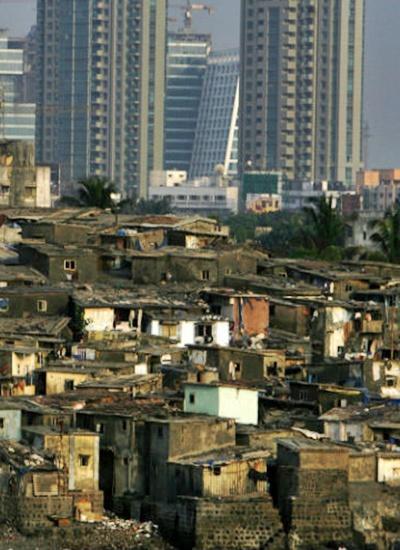

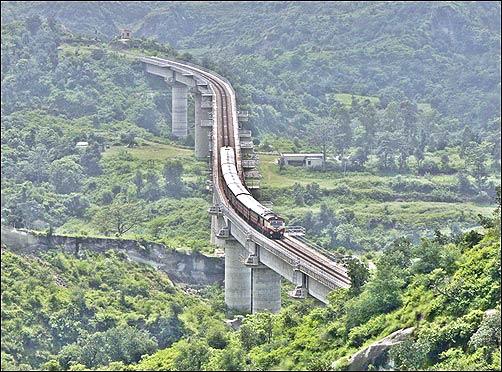


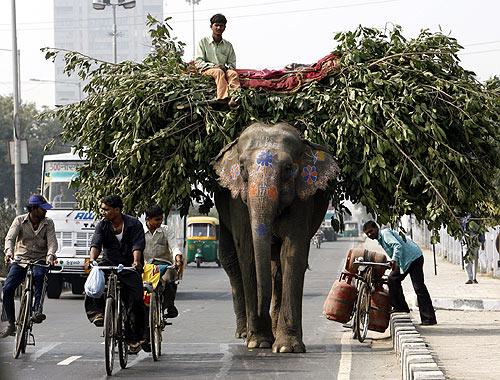
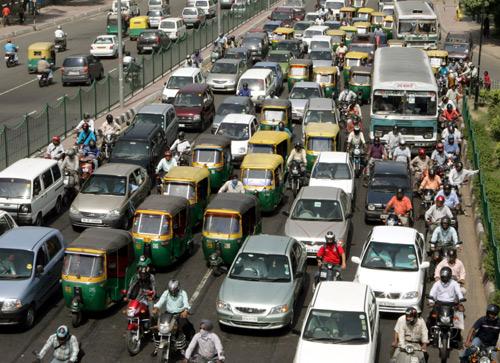
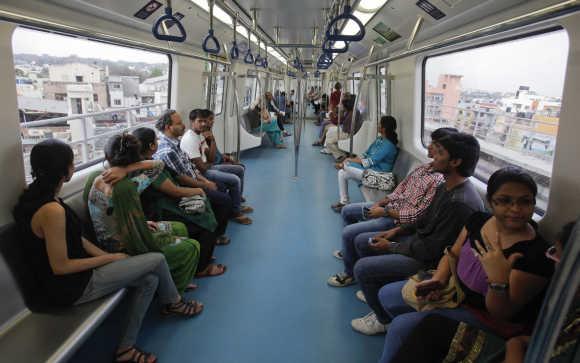

article